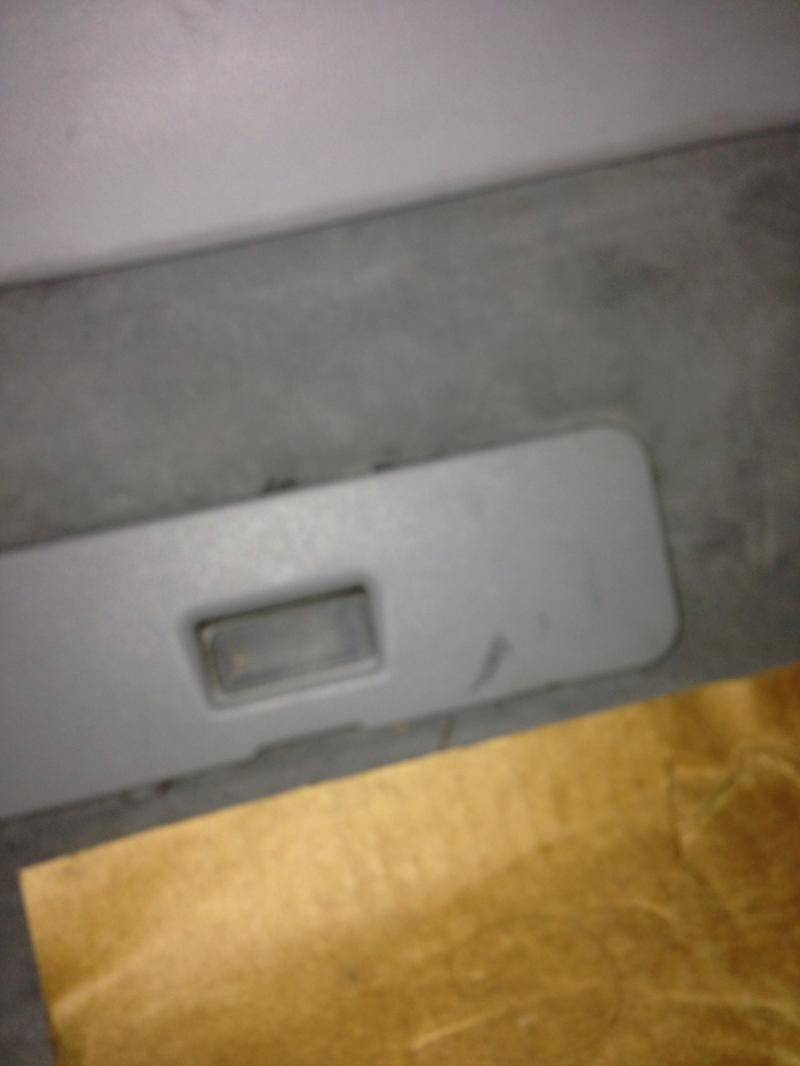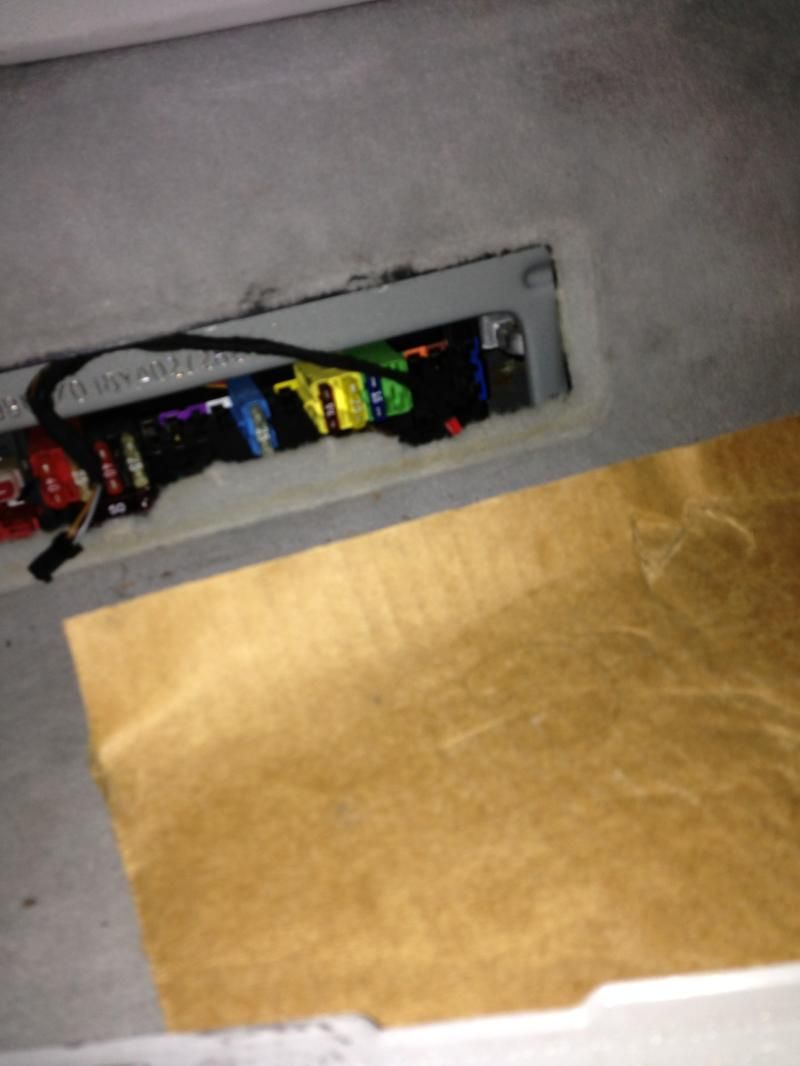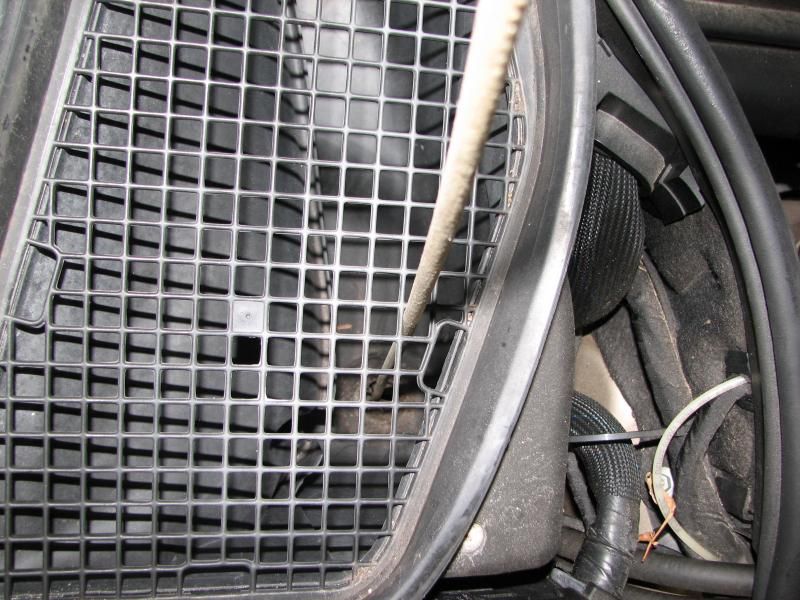I bought a 2000 S500 about a month ago. Great car, great price, and I knew there would be a few things to work on. After compiling a list of problems and researching them here, I came to the conclusion that I needed a dealer diagnostic. (I won't just throw parts at the car and hope for the best.) The problems that sent me there were the following: Door Open/Trunk Open message all the time; dome lights on even when doors are closed (currently switched off at overhead panel; fuel gauge on empty all the time; no rear lights intermittently; rear defogger not operational. Dealer service department says the rear SAM has been wet (no big surprise there) and should be replaced. As I said, I was hesitant to just replace parts without a diagnosis, but with their confirmation I will now replace the SAM. (I didn't let them do the work because they quoted me $5300. I did not mis-type that: five thousand, three hundred dollars to replace the rear Signal Acquisition Module. Car only cost me a few hundred more than that.)
Today I lifted the right rear seat cushion to check the part number to make sure I order the correct part. I couldn't find the SAM. After I lifted the black insulation, the part I saw turned out to be the rear seat control module. Next to it was a Motorola device that I assumed was part of the phone system, and on the other side was the anti-theft alarm sensor computer. I looked at the encyclopedia for W220's and I saw Skylaw's photos of the SAM under the RR seat cushion. What I see under my seat cushion doesn't resemble the photo. Could it be that there is that much difference between a 2000 and a 2005 model? That's the year of the W220 in Skylaw's avatar, so I assumed that's what the photos were from.
I know there are other SAM's on the car, but the dealer service department specifically said the REAR SAM was the one needing to be replaced. My question is do I have to remove anything to find the SAM or am I not looking in the right location? I didn't remove the rear seat brackets or anything else that would require unbolting. I don't mind doing that, but I don't want to field-strip this car if I don't have to.
Today I lifted the right rear seat cushion to check the part number to make sure I order the correct part. I couldn't find the SAM. After I lifted the black insulation, the part I saw turned out to be the rear seat control module. Next to it was a Motorola device that I assumed was part of the phone system, and on the other side was the anti-theft alarm sensor computer. I looked at the encyclopedia for W220's and I saw Skylaw's photos of the SAM under the RR seat cushion. What I see under my seat cushion doesn't resemble the photo. Could it be that there is that much difference between a 2000 and a 2005 model? That's the year of the W220 in Skylaw's avatar, so I assumed that's what the photos were from.
I know there are other SAM's on the car, but the dealer service department specifically said the REAR SAM was the one needing to be replaced. My question is do I have to remove anything to find the SAM or am I not looking in the right location? I didn't remove the rear seat brackets or anything else that would require unbolting. I don't mind doing that, but I don't want to field-strip this car if I don't have to.







